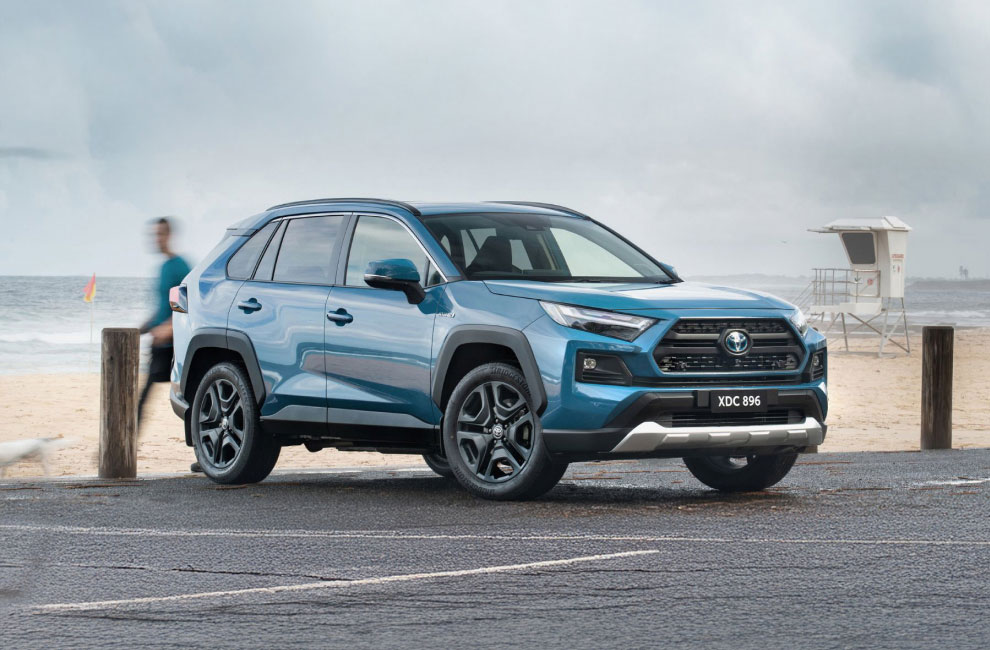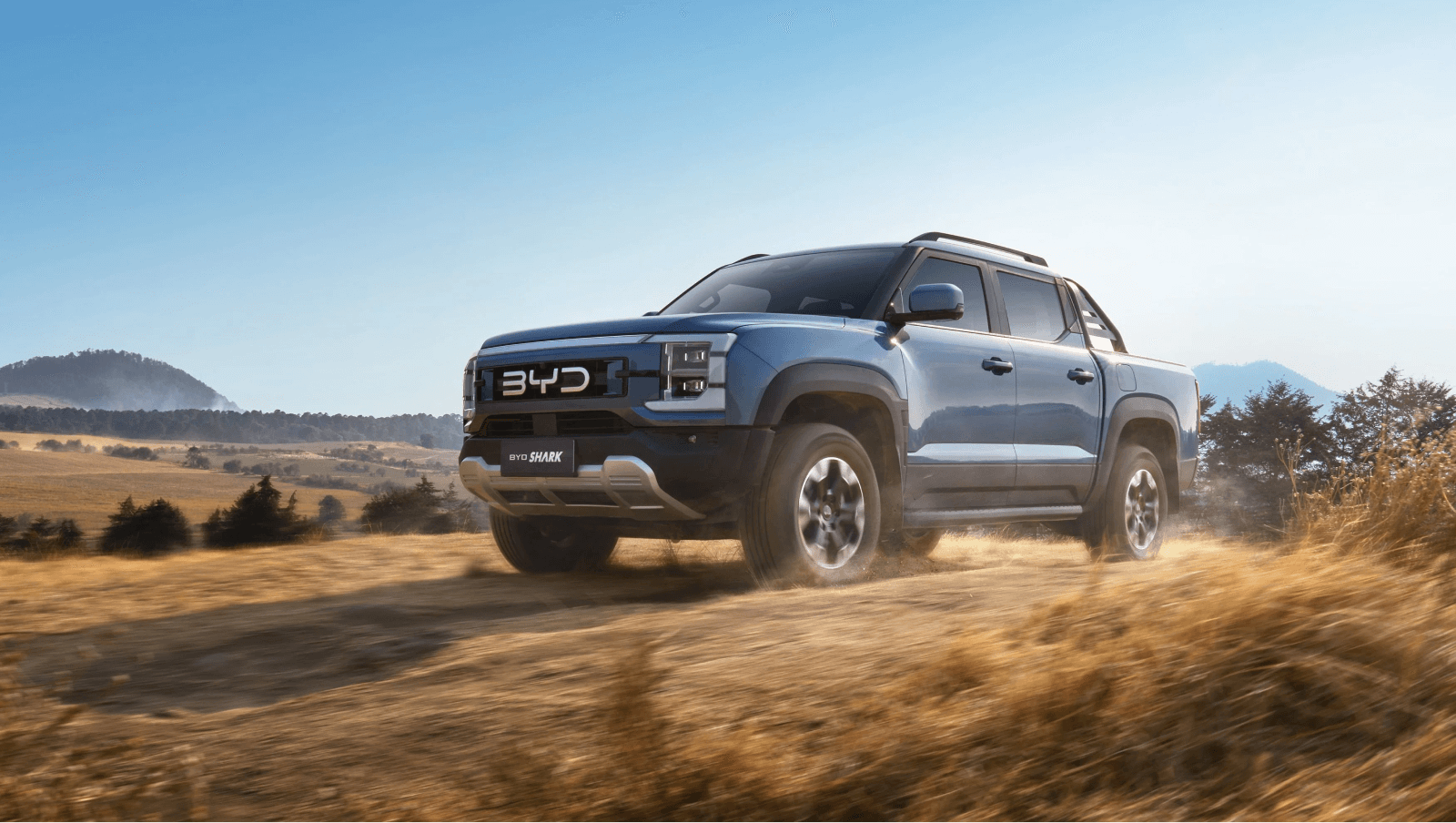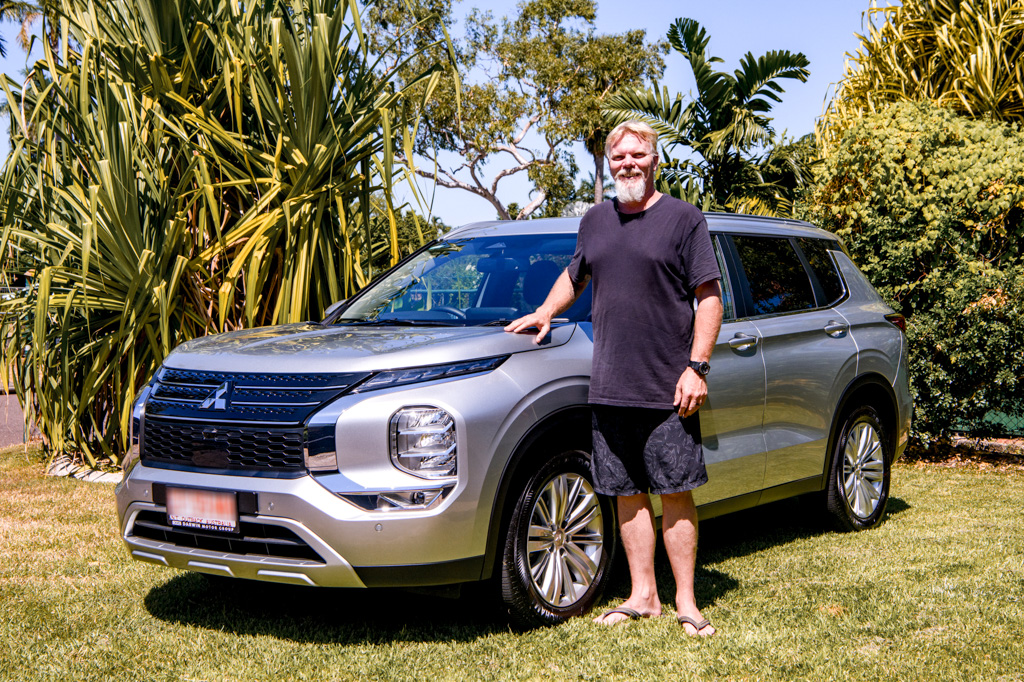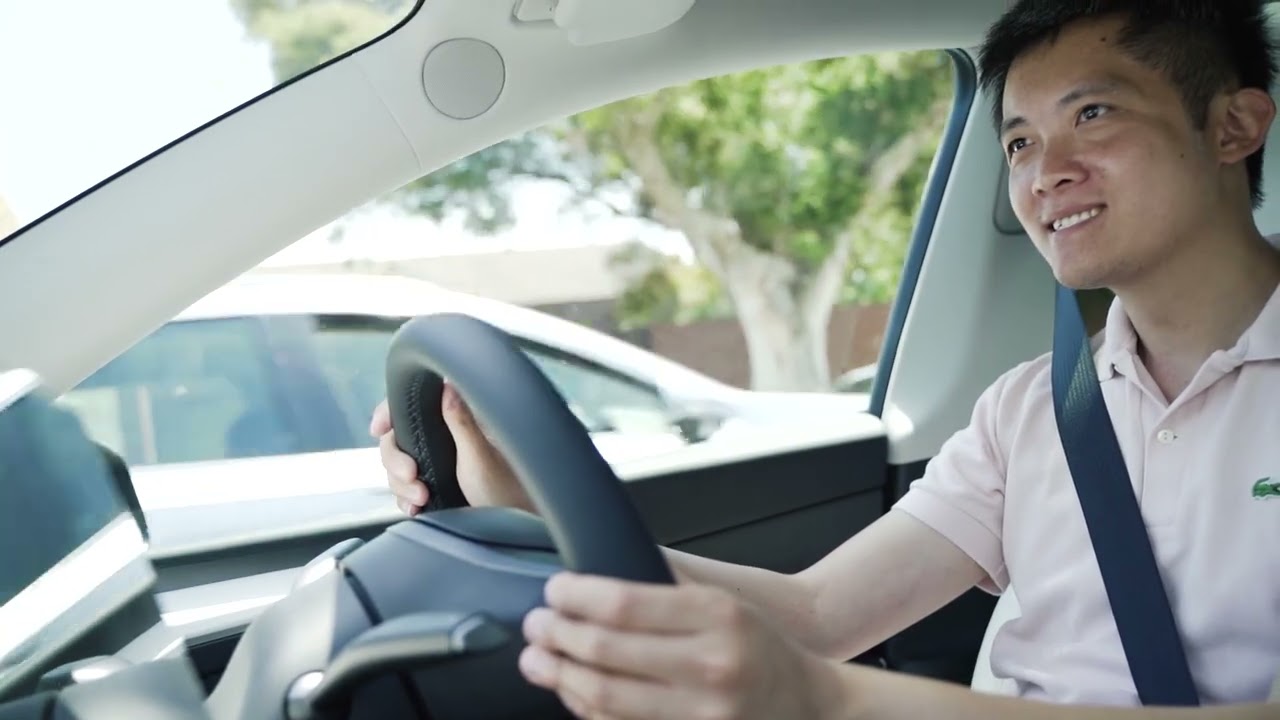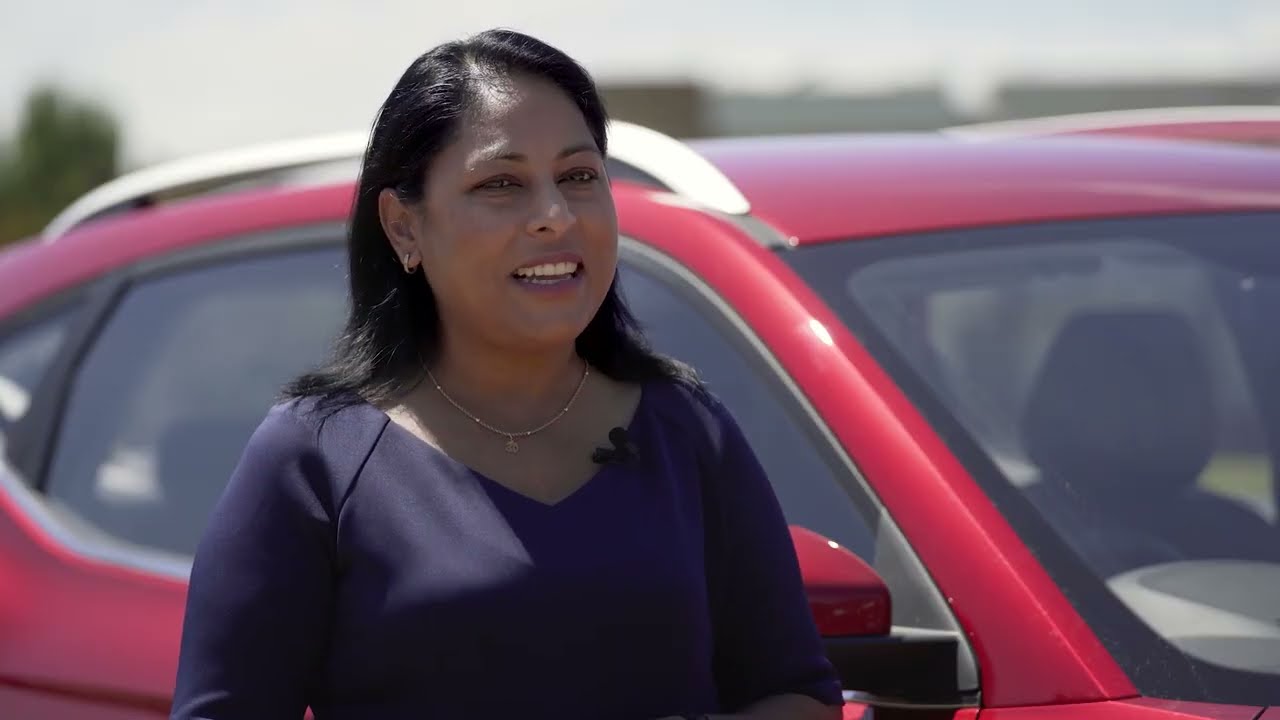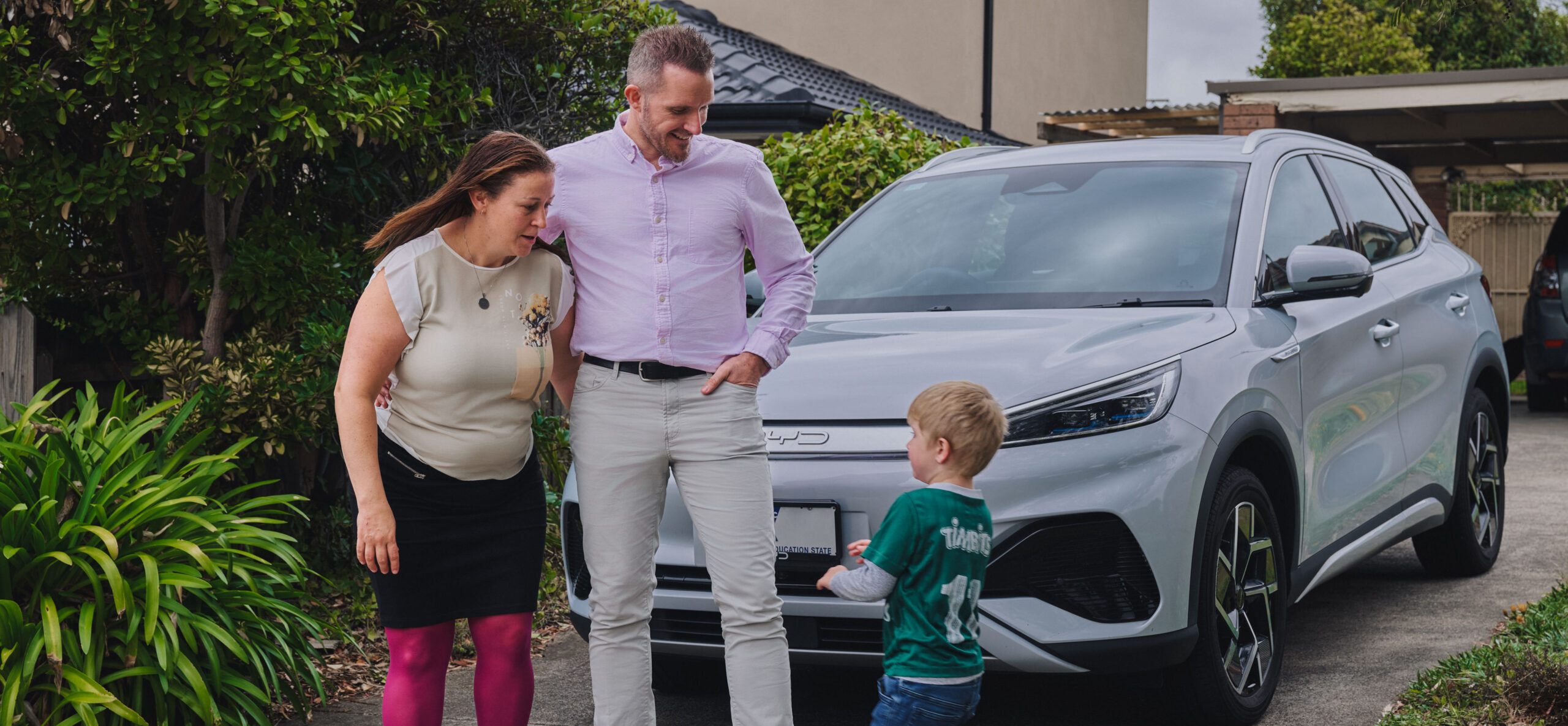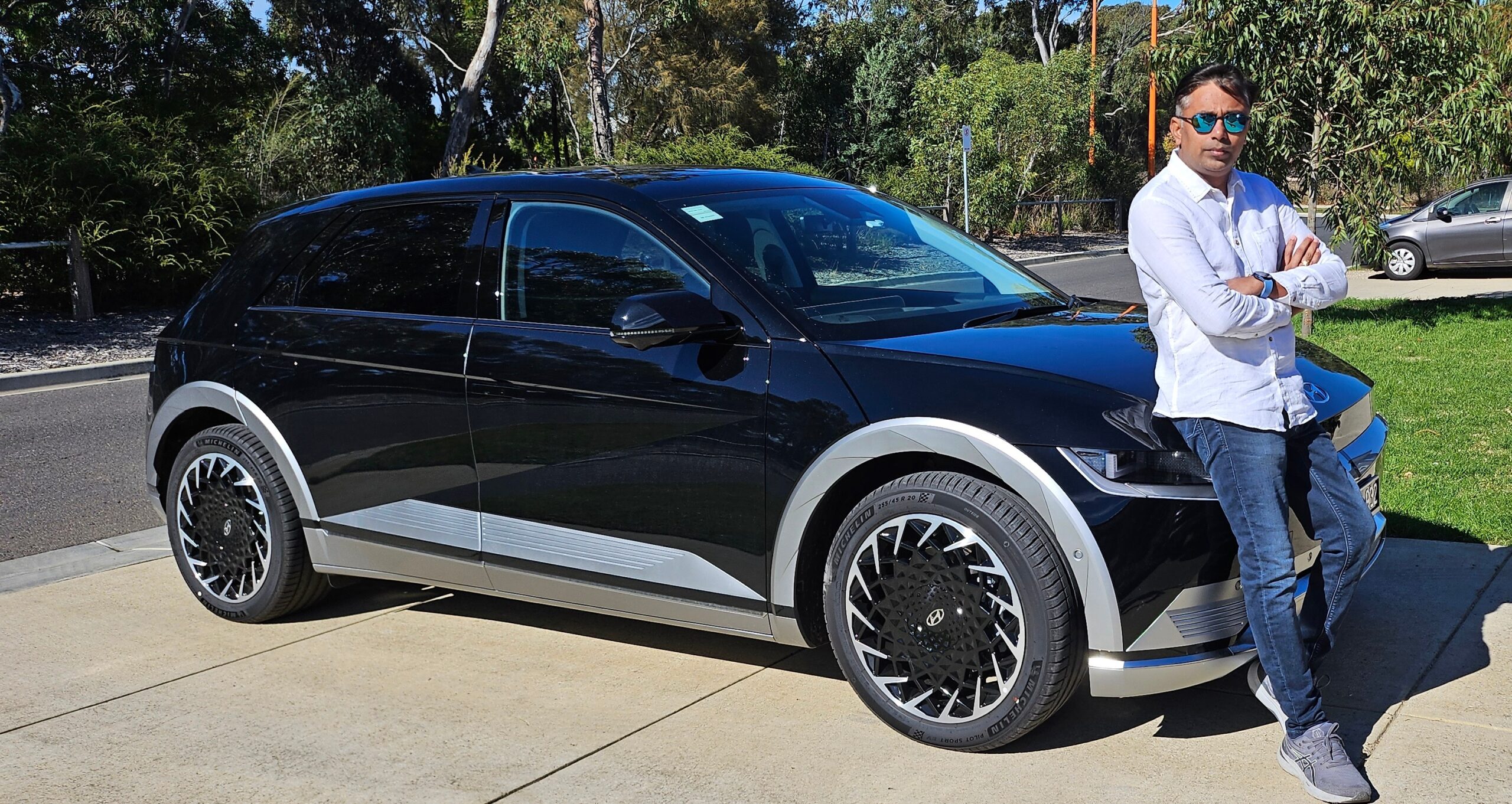With the sharp surge in EV sales in Australia, many are adapting to this new way of travelling. But there’s a lot to consider: how long does it take to charge your EV, what range does your EV have, where is your nearest charging station and how do they work?
The answer to these questions significantly influence your travel plans, so it’s a good idea to get familiar with your EV and its charging capacities to ensure a smooth, stress-free journey.
Let’s start at the beginning; there are three primary types of EV charging stations:
Why two names for each type? They come from different standards and terminologies used to categorise charging methods: Level 1, Level 2, and Level 3 refer to the North American classification; Mode 2, Mode 3, and Mode 4 correspond to the European classification. In Australia, the European classification is more commonly used whereas the “Mode” terminology is used in more technical contexts.
With Australia on track to have more than 100,000 electric vehicles on the roads in 2023, charging stations have been popping up across all states and territories.
The table below, sourced from the EVC report, outlines the number of fast and ultrafast charging points across each state and territory. NSW is the state with the highest number of high-power charging stations with 174.
Source: The Electric Vehicle Council
For most buyers, charging at home is sufficient to support their lifestyle and daily needs. While you need to head out to fill your vehicle up with fuel, you can charge your EV right in your driveway. So if you aren’t planning on taking regular drives across the country, an at-home charging point should be sufficient to get you to work, the shops and even on the occasional weekend road trip.
Looking ahead, there are several plans in place for the rollout of high-power public charging stations to continue to support EV owners. Major projects are in progress such as:
There have been discussions in the media encouraging more major Australian supermarkets to invest in EV charging stations. This would not only give supermarkets a competitive and environmental advantage but would also allow shoppers to leave their car on charge while stocking up on their weekly groceries.
Aussie families are often short of time and most live within a 1.5km radius of their local supermarket, making this option highly desirable. Plus, Australia has over 4,000 supermarkets in every region, town and suburb across the country making them great sites for charging stations.
Although knowing that there are plenty of public EV charging stations in Australia creates peace of mind for the driver, how can you easily find out where they are located? No one enjoys running out of power halfway to the beach. Fortunately, there are a plethora of tools available to help make your journeys effortless.
Plugshare, EVC, NRMA, Tesla, Get Electric, bp Pulse and JET Charge all provide interactive maps via their websites and downloadable apps to help you locate charging points and plan your route accordingly.
Teslas’s app not only helps you locate a Tesla Supercharger, but also lets you monitor your charge status and get a notification when your car is ready to get back on the road. Enter your destination into your Tesla touchscreen and its Trip Planner will automatically calculate your route, highlighting Supercharger points along the way. The app is also smart enough to consider your driving style, outside temperature, traffic, charge point availability and more!
Here are the best interactive maps you can bookmark:
If you’re wondering: ‘How much will it cost to charge my EV?’ The answer is: ‘It depends’. The cost of charging an EV in Australia is dependent on the source of electricity, battery size, at-home electricity costs and the time of day you choose to charge.
*(∼$0.65 to $0.81 per kWh for non-Tesla EVs without membership at select trial locations). Tesla uses variable pricing, which changes depending on the time-of-day and station demand. ‘Idle fees’ also apply when the vehicle has finished charging, but is still plugged in after five minutes – penalising $0.50 or $1.00 per minute when the location is 50 per cent or fully occupied respectively.
The good news is that many public EV charging stations across the country offer free charging. These tend to be the slower AC chargers and are often located in public car parks where the only cost to you is the fee to park your car. Some hotels and restaurants also offer free charging to their guests.
The most cost effective, reliable and convenient way to recharge your EV is at home.
Charging at home is cost effective but it’s also convenient. You can schedule an AC charging timer on your EV model or wall box so all you need to do is plug in your vehicle when you get home.
If you have solar panel systems in your home then you’ll enjoy free charging whenever the sun is out! Some smart AC wall box chargers can even be set to automatically charge when there’s solar generation.
While it is true that charging an EV takes longer than refuelling a standard petrol or diesel car, there are many advantages to the electric way of life. You can charge your EV at locations that might well fit into your daily routine — at home, at work, when you shop or even while you enjoy a burger. Tired on a long journey? Recharge your car, and enjoy a coffee and snack.
While it is true that charging an EV takes longer than refuelling a standard petrol or diesel car, there are many advantages to the electric way of life. You can charge your EV at locations that might well fit into your daily routine — at home, at work, when you shop or even while you enjoy a burger. Tired on a long journey? Recharge your car, and enjoy a coffee and snack.
NRMA gives an approximate guide to how many kilometres can be gained per hour and per 15 minutes of charging:
It’s worth remembering that there are a lot of factors that will influence charging time:
Let’s make things more tangible with a real life example:
Tesla’s Model S Plaid has the longest range, with other models like BMW’s iX, Kia EV6, and Audi e-tron also offering extended ranges.
To put this into context, consider the average Australian commute distance, which is around 40km round trip. Using a standard Level 2 charger at home, most EVs can be fully charged overnight, providing more than enough range for a typical daily commute and errands. Even a quick 15-minute charge can add up to 10km of range, giving additional flexibility.
Connecting the average EV driving ranges back to the charge-time table supplied by NRMA, it becomes clear that driving an EV is not only accessible to most Australians but also practical for daily use. If you’re looking for an easy way to tell if an EV will meet your needs, simply look at the manufacturer’s claimed range and consider your lifestyle and driving habits.



